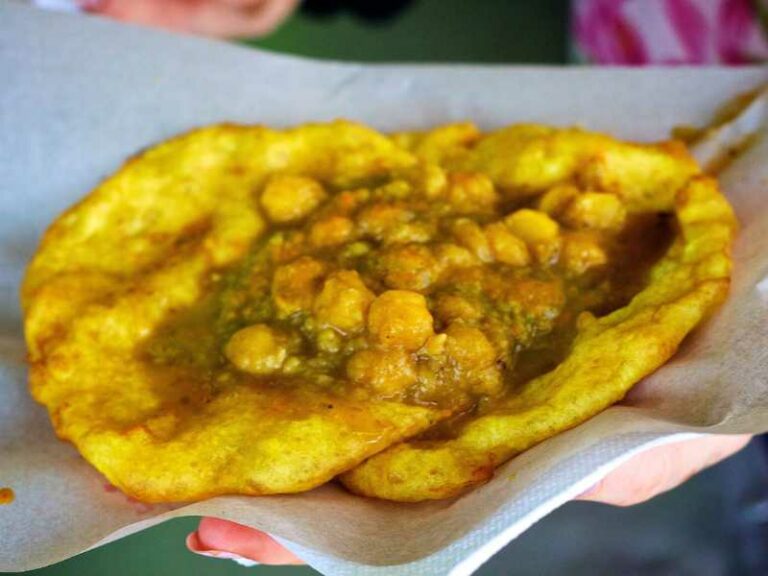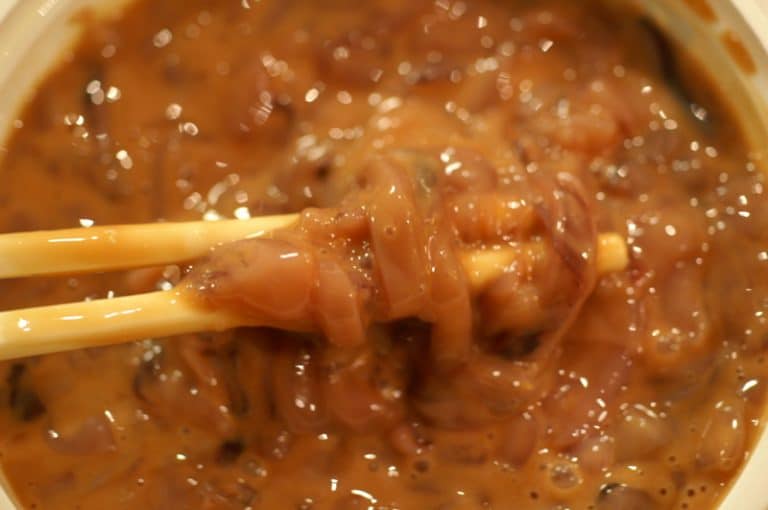Tunisian Food: 14 Traditional Dishes of Tunisia
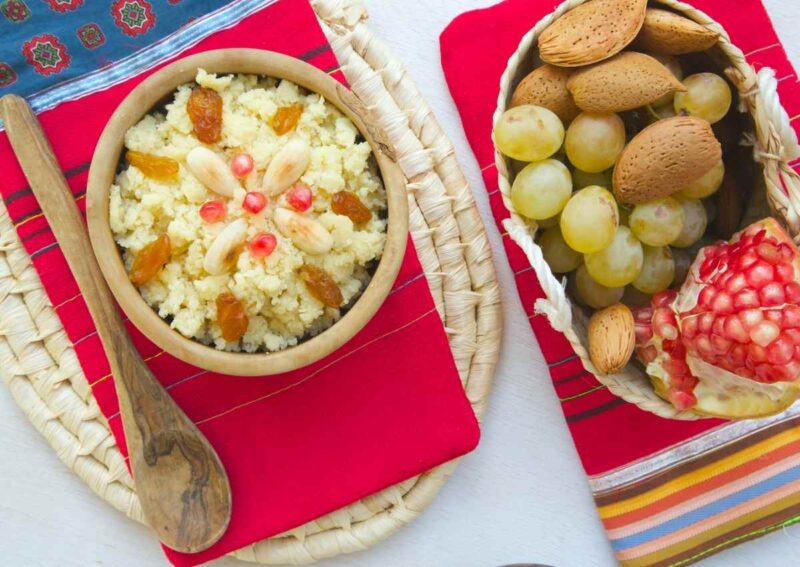
Tunisia is an Arabic speaking country located on the northernmost tip of Africa, bordering Libya and Egypt. It is well known for its fascinating history including the ancient city of Carthage which is found in its capital, Tunis.
As well as incredible heritage sites, Tunisia also has a Mediterranean-bordering coastline of clear waters and beautiful beaches. Its cities, including Tunis, Sfax and Sousse are known for their bustling culture, marketplaces and history.
Tunisian culture is a product of influences from the likes of the Phoenicians, Vandals, Romans, Byzantines, Italians, Turks, French, Spanish and Arabs. Tunisian food is subsequently a reflection of such influences and is one of the main reasons travelers come to explore Tunisia.
Typical Tunisian dishes tend to be a mix of Mediterranean and Punics-Berber (the native population). As such, most dishes will utilise a range of aromatic herbs and spices, legumes, cereals, vegetables and olive oil. Lamb, chicken and beef are the most popular meats but seafood features heavily in the diet owing to the country’s long coastline.
Tunisian cuisine is typically Mediterranean and made up of vegetables, cereals, legumes, lamb, chicken or beef, as well as a plethora of aromatic spices and herbs, and generous amounts of olive oil. Chilli, garlic, cumin, coriander and paprika tend to be the most common spices used in Tunisian cooking.
Tunisian Brik
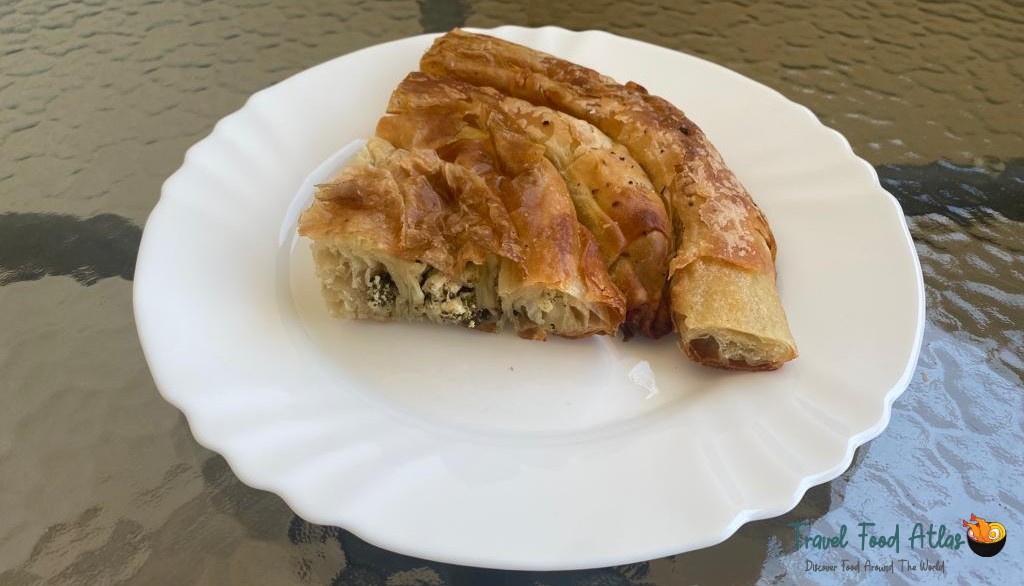
Brik is essentially a stuffed pastry filled with savory ingredients such as eggs, cheese, meat, anchovies, capers and tuna. Once it is wrapped in a neat triangle package, it is then deep fried and served as a delicious snack.
Couscous
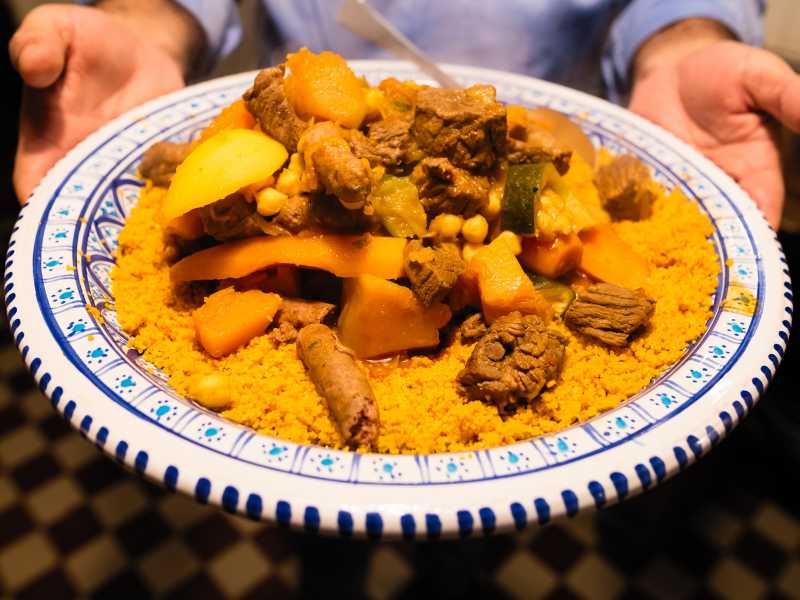
Tunisian couscous is a dish of couscous accompanied by meat, chickpeas and vegetables flavored with traditional Tunisian spices. The couscous is steamed while the meat and vegetables are stewed separately.
Couscous has a grain like appearance, but it is a type of pasta made by moistening wheat flour and tossing it until it forms tiny pearls. A wide range of vegetables are used to make Tunisian couscous including pumpkin, carrot, potatoes, zucchini and sweet peppers.
Using lamb meat is most popular but the dish is also made with chicken or fish. Much of the seasoning comes from harissa, which is a spice paste containing red chili peppers or ras al hanout.
Bsisa
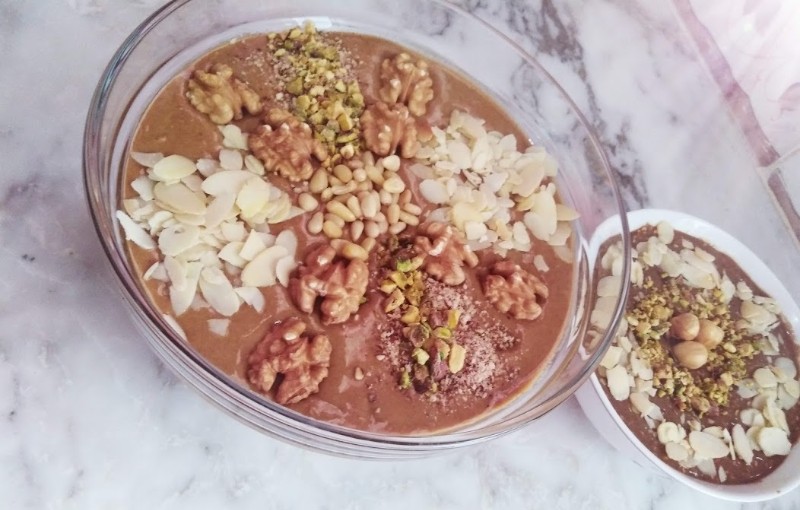
Bsisa is a healthy dip consisting of roasted ground cereals, aniseed, fenugreek, cumin and sugar. It is typically mixed with olive oil to form a paste and paired with figs or dates.
Bsisa dates as far back as Roman times but these days it is popular with the Jewish communities of Tunisia who eat it during special occasions.
Pastries
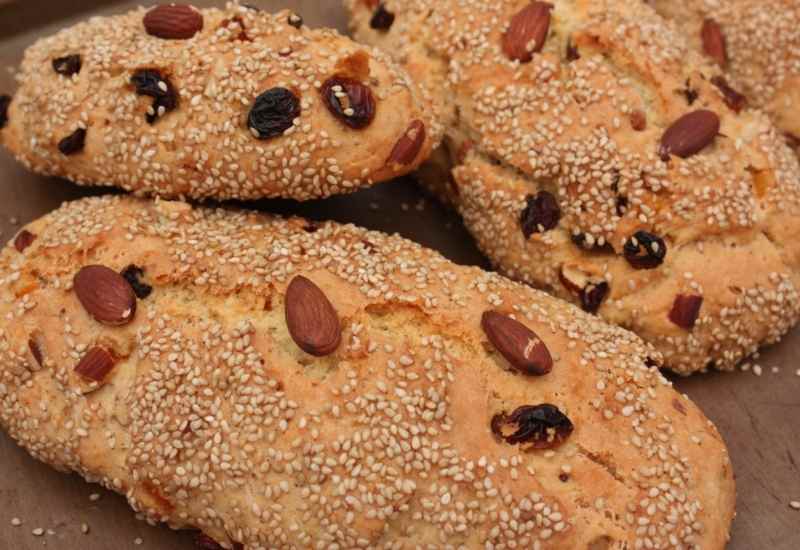
Tunisia is famous for its wide range of pastries, influenced by the French and dating back to the Ottoman Empire. Some of the most popular Tunisian pastries include kaak warka, bambalouni, zgougou and yoyos.
Masfouf
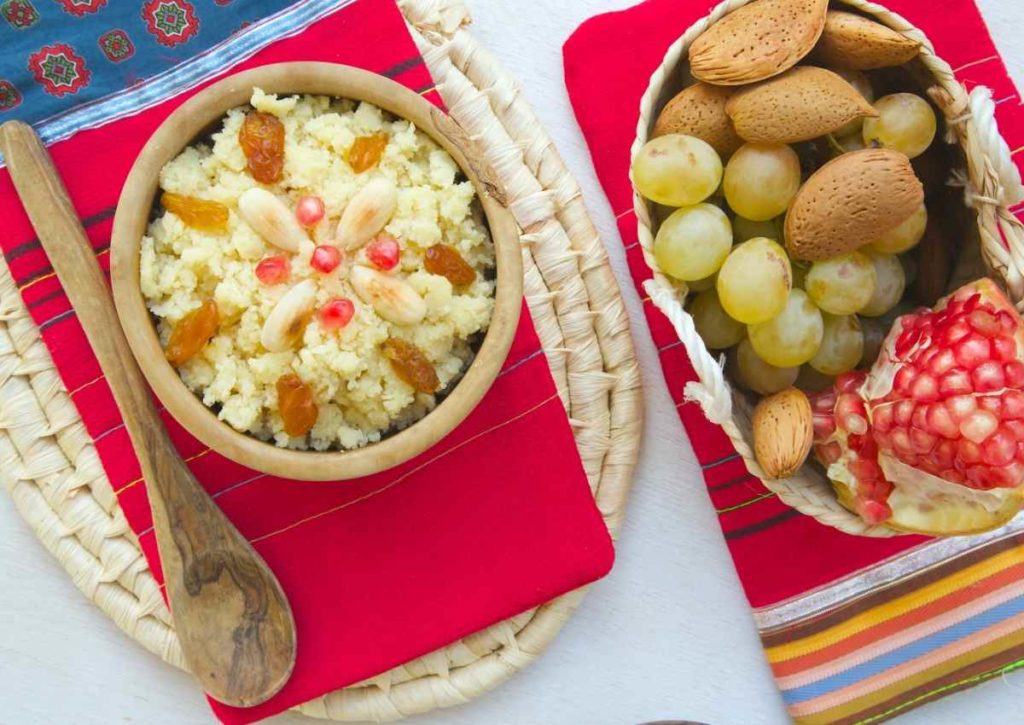
Masfouf is a creamy couscous, made of raisins and peas and adorned with chopped dates, almonds, pomegranates or even dried grapes.
Masfouf can be made sweet or savoury and is usually eaten after dinner or on special occasions.
Omek Houria
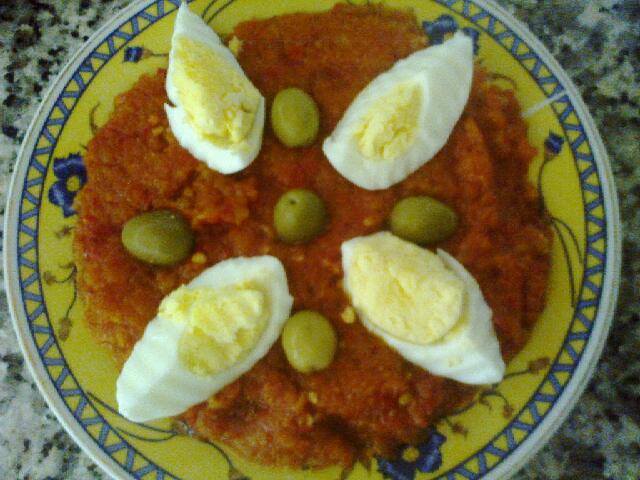
Omek Houria is a traditional Tunisian salad appetizer made from carrots, onions, garlic, harissa, olive oil and various spices. The ingredients are cooked into a caviar-like spread that can be eaten on toast or garnished with boiled eggs, tuna or capers.
Lablabi
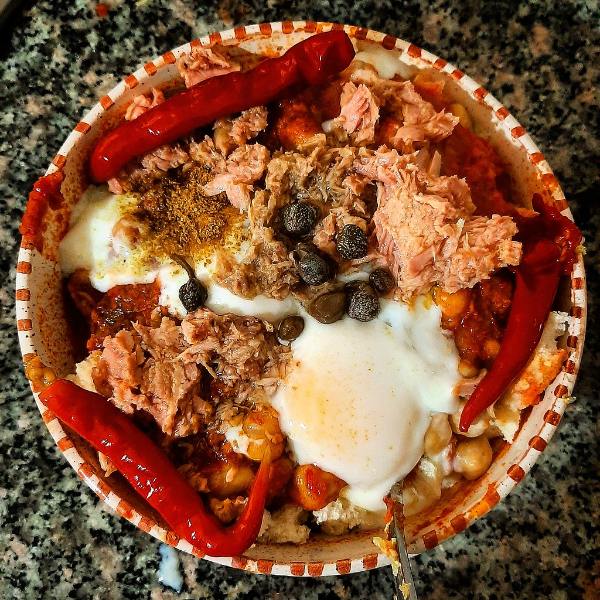
Lablabi is a chickpea soup that optionally consists of a wide range of ingredients including egg, chillies, tuna, capers, parsley and scallions.
Lablabi has been consumed in Tunisia for centuries and is considered particularly healthy due to its protein, essential fatty acids and fibers.
Ojja
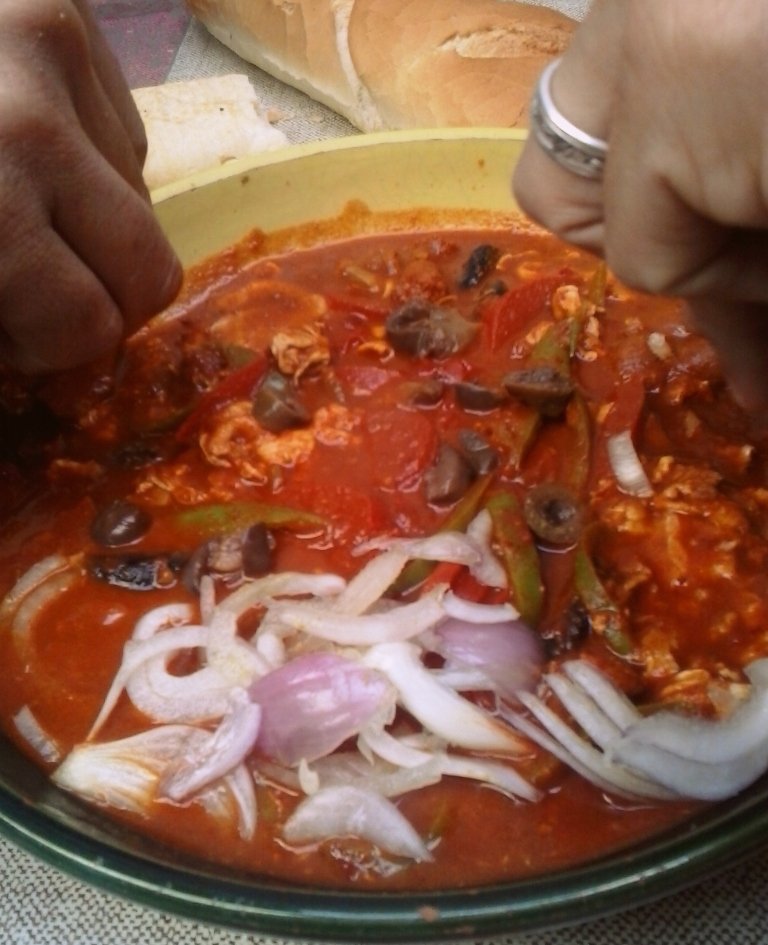
Ojja is a Tunisian stew, influenced by Berber traditions, consisting of merguez (a spicy lamb sausage) and eggs in a piquant tomato sauce. Seafood and margarine are also sometimes added.
Ojja is believed to have originated from Yemen or Tunisia, but is eaten across North Africa. It is often served with a grilled bread that is used to mop up the sauce.
Tajine (Tunisian Frittata)
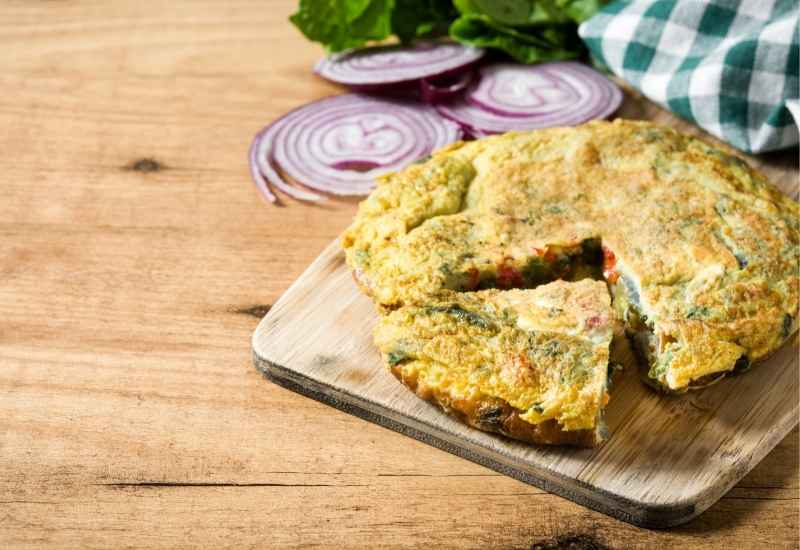
Tunisian Tajine, unlike the more well-known Moroccan Tagine, is actually more like an Italian frittata. Tunisian tajine is made with a base of eggs mixed together with vegetables, meat, cheese and spices such as turmeric, coriander and cumin.
It is then baked in the oven and served either as the main course or as a side dish.
Rouz Jerbi
Rouz Jerbi is a steamed rice dish which may consist of meat, seafood, chickpeas, liver, peas, carrots, chard and parsley. All the ingredients are mixed well and heated in a steamer to cook properly.
Originating from the island of Djerber on the northern coast of Tunisia, Rouz Jerbi is a superb mixture of influences from Berber, Jewish, Arab and African cuisines. It is known as a dish to be shared amongst friends and family.
Hlalem
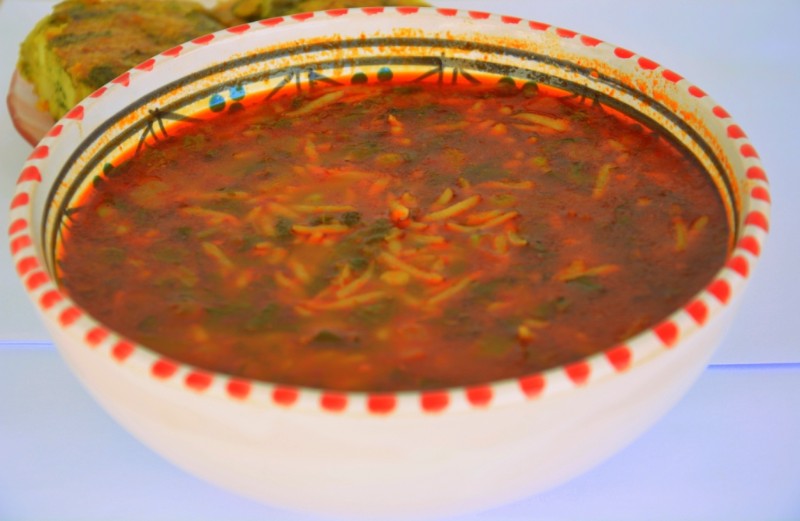
Hlalem is a Tunisian soup commonly eaten during the holy month of Ramadan. It consists of semolina dough balls and soup made from chickpeas, Egyptian beans, tomatoes, onions, parsley, red pepper and spinach.
The dough balls and soup are prepared separately and then combined at the end before being served.
Fricassé
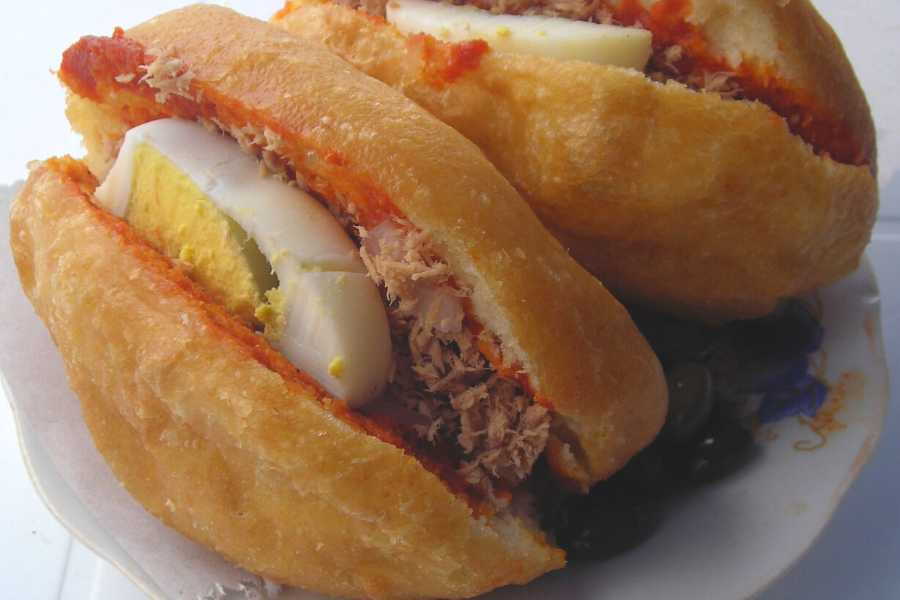
A Tunisian Fricassé is a type of sandwich which is filled with tuna salad, eggs, olives, potatoes and harissa seasoning. The bread is made using white flour and the dough contains eggs. Unlike regular sandwich breads which are baked, the dough is shaped into oval rolls then deep fried. The dough is actually a donut dough, made with less sugar than a regular donut.
Merguez Sausage
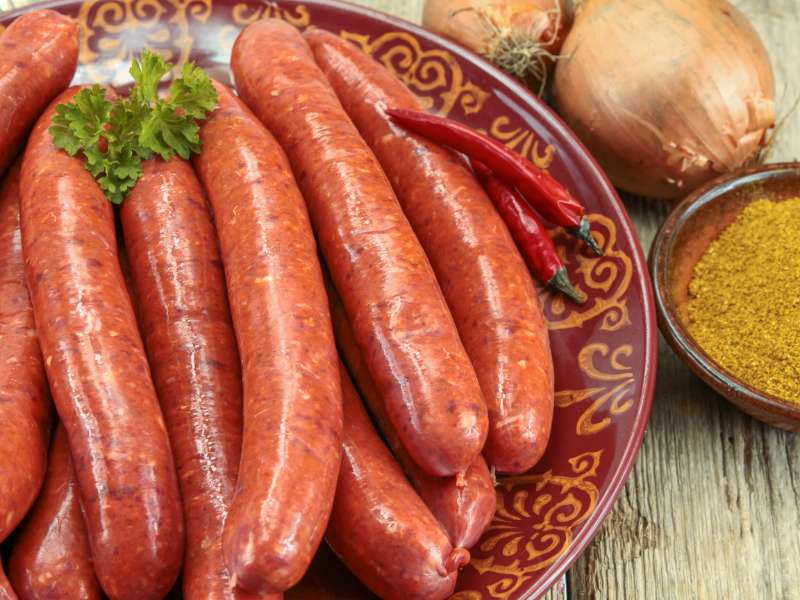
Merguez is a kind of sausage made of lamb or beef, seasoned with spices popular in Morocco, Algeria, and Tunisia. While the sausage is most common around its North African areas of origin, it is also enjoyed in other countries around the world.
Chorba Frik
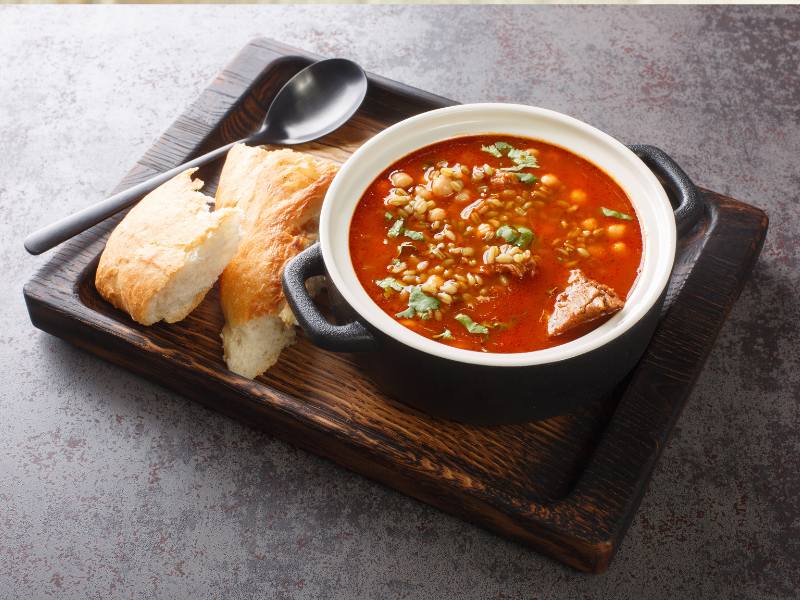
Chorba Frik is a soup made with cracked wheat (frik), lamb, vegetables and a blend of local spices. The soup is traditionally used to break the fast during Ramadan as it is considered to be very nutritious and filling.



